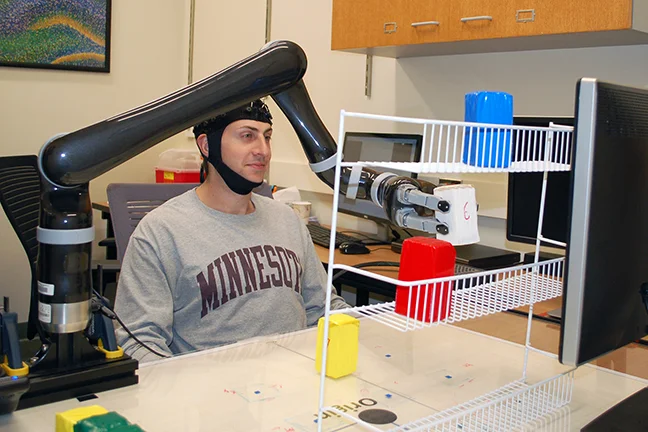Nuclear Fusion Pressure Record and New Reactor Design
News summary - MIT's Plasma Science and Fusion Center achieved a record 2.05 atmospheres of plasma pressure in its Alcator C-Mod nuclear fusion reactor, a 70% increase over other fusion devices. According to MIT, the record could likely stand for the next 15 years. The breakthrough, made on September 30th, is a culmination of 23 years of fusion research and development using the Alcator C-Mod fusion reactor which was also officially retired on September 23rd.
High pressure is key - In order to create a fusion reaction, plasma, of a temperature in excess of 50 million°C, must be contained in a fixed volume, under intense but stable pressure. Pressure, a product of density and temperature accounts for about two-thirds of the challenge according to MIT. The amount of power generated by a nuclear fusion reaction increases with the square of the pressure so MIT's 2.05 atmosphere record results in a fourfold increase in energy production over other non-Alcator reactors operating at approximately 1 atmosphere.
Transitioning from research to power production - MIT scientists are hoping to build upon the legacy of the Alcator C-Mod with a proposed design named the ARC reactor (Affordable Robust Compact). The name may be familiar as the nuclear fusion reactor in the popular comic-book turned Hollywood blockbuster movie series "Ironman" shares the same name. MIT's proposed ARC reactor aims to bridge the gap from research to affordable, commercial power production. The ARC reactor will use newly available high-field, high-temperature super conductors capable of producing magnetic fields of great strength without generating heat or consuming electricity. MIT estimates an ARC reactor could be completed in 4-5 years at a cost of $4-5 billion dollars. If MIT met these targets, ARC could be completed in less than half the time and at 10 times less cost than competing tokamak-type fusion reactors. Currently, over a dozen fusion reactor projects are under development around the world. At this stage in fusion development, all of the reactors consume more electricity than the reactor generate.
Why this news is important - Nuclear fusion reactors produce almost zero waste and burn abundantly available fuels making any advancement towards a commercially viable reactor an exciting development. New records for duration of fusion reaction, peak temperature, peak pressure, electricity generated, etc. are being posted and broken by competing teams around the globe. Fusion research has been around since the 1950s and is often criticized for perpetually being 20 years away from a viable reactor. However, new technology and global competition among governments, academia, and commercial industry seems to be quickening the pace of development.
Image credit and references:
- Image by Bob Mumgaard of the Plasma Science and Fusion Center of the interior of the Alcator C-Mod reactor at MIT.
- Article by MIT News, "New record for fusion," October 14, 2016.
- Article by Lucas Mearian, Computerworld, "MIT takes a page from Tony Stark, edges closer to an ARC fusion reactor," February 3, 2016.





